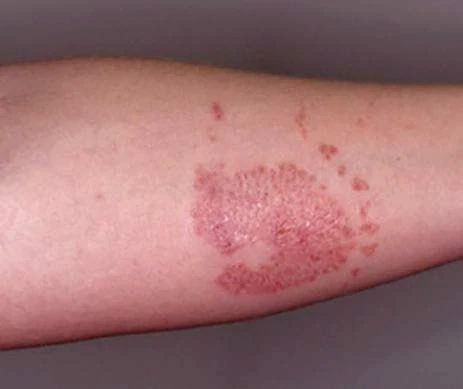Published on

Differential Diagnosis
- Fire coral sting
- Contact dermatitis
- Portuguese man-of-war sting
- Hawaiian box jellyfish sting
Diagnosis
The photo shows, and the accompanying symptoms are indicative of, a Portuguese man-of-war sting. Typically, a red line with scattered papules develops at the sting site. Wheals and blisters may form. Mild shock, nausea, vomiting, abdominal pain, muscle cramps, and headache are common.
Learnings
- The Atlantic Portuguese man-of-war (Physalia physalis) is found in the Atlantic Ocean, from Nova Scotia to the Caribbean. Another variety (the Pacific bluebottle, Physalia utriculus) can be found in the Pacific Ocean
- Physalia venom causes release of inflammatory mediators; it is directly toxic to the myocardium, liver, and kidneys. Systemic reactions are common, but rarely severe
- One toxin, physalitoxin, depresses the nervous system and can cause respiratory depression
- Rarely, stings may cause death by cardiovascular collapse or respiratory arrest. Hypersensitivity reactions, including anaphylaxis, are rare
Pearls for Initial Management and Considerations for Transfer
- Difficulty breathing or alteration in consciousness warrants transfer to the ED, and possibly injection of epinephrine
- Tentacles remaining embedded in the skin should be removed, either with forceps (preferred) or double-gloved fingers
- Pain can last anywhere from minutes to hours. If present, wheals last a few hours. Redness can last up to 24 hours. These are self-limiting, but supportive care (eg, NSAID pain relievers) may provide comfort
- If the eye is affected, there may be intense burning and tearing pain, blurry vision, and light sensitivity; these will resolve spontaneously in 24–48 hours
An 18-Year-Old Woman with Sudden Rash, Vomiting, and Cramping
1 2
